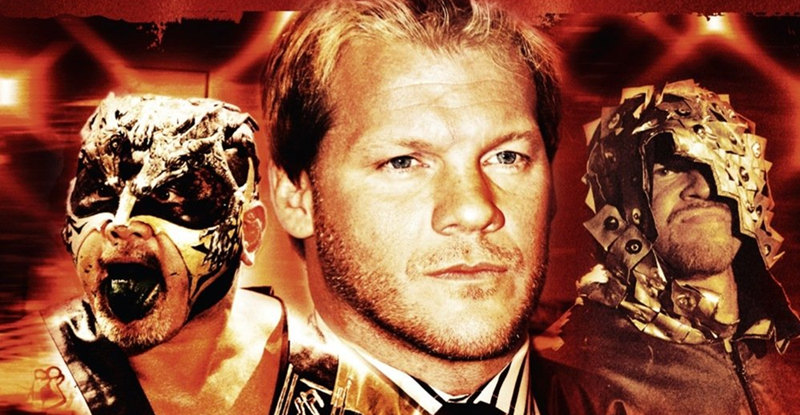Not 10 minutes into “Barbie: The Pearl Princess” my daughter remarked, “I like these movies, but they really need to do something different. Every time it’s either a princess, a fairy, or a mermaid.”
There’s no relief in sight, either, because the next announced direct-to-video full-length animated feature in the Barbie franchise is “Barbie in the Secret Garden”—which apparently features a princess, a fairy, AND a mermaid.
If there’s a series that’s grown more tired than the Barbie movies, I can’t think of it. There isn’t an original idea to be found in this most recent installment. The entire plot feels like a rip-off riff on Disney’s “The Little Mermaid” and DreamWorks’ “Shark Tale,” with more recycled material from previous Universal direct-to-video Barbie movies than this little doll can shoulder. She deserves better. And she gets what she deserves in the “Barbie: Life in the Dreamhouse” episodes, which are far cleverer and more fun than these stiff, shopworn movies. Why not make a full-length feature along Dreamhouse lines?
Those episodes—and one is included here as a bonus feature—are more entertaining because the dolls are drawn jointed, the way they are in “real life,” and there’s plenty of self-referential humor. It’s the kind of thing that a parent can actually watch with a child—much more so than “The Pearl Princess.”
In this rehash, we get a same-old, same-old situation involving a princess who’s taken from her royal parents and raised by an old woman (shades of “Sleeping Beauty”), and like Disney’s Ariel this mermaid loves all things beautiful, especially pearls. She can move pearls around to decorate or provide a force field or . . . just about anything, really.
There’s a ball with a young prince pushed by his father to find a woman (shades of “Cinderella”). But mostly there’s an overriding feeling that we’ve seen it all before in a film like “The Little Mermaid.” The sea-creature henchmen are moray eels, just as in Disney’s film, and, like Ariel and Flounder, Lumina and her seahorse pal Kuda explore an undersea wreck (in this case a whale carcass/skeleton, rather than a sunken ship). And by the time we get to a city that’s inhabited by sea creatures it looks an awful lot like the sunken metropolis from “Shark Tale”—with a beauty parlor scene that even seems similar to the car wash segments from that DreamWorks film.
In this animated feature there’s also an old woman with a babushka and purse who looks an awful lot like the classic children’s book heroine Strega Nona—only here she’s as mermaid who has raised Lumina from the time she was a little girl. Naturally there’s an ambitious underling who undermines the king—we’ve seen it countless times before in the Barbie series—and we get it here with the character Caligo, who is pushing to have his son become king. But because his gestures are the same as previous characters like him and the overacting (both the voice and the animation) are also overly familiar, there’s a sense of “not again” that accompanies your viewing of “The Pearl Princess.”
Kelly Sheridan has given voice to Barbie since 2001, when she was Clara in “Barbie in the Nutcracker.” For a time, Universal and Mattel seemed to have found their niche in the children’s video market, producing animated Barbie versions of fairy tales like “Barbie as Rapunzel,” “Barbie of Swan Lake,” and “Barbie as the Princess and the Pauper.” But then “Barbie: Fairytopia” came along in 2005, and nothing changes the trajectory of a series like a financial success with hoards of product tie-ins. There’s the copycat factor too. Disney saw the success that Universal-Mattel had with fairy-themed animated features, and they created the Tinker Bell series. Universal-Mattel saw the success of Disney’s mermaid and jumped on that kelpwagon. I get it. It’s all about marketing shares.
But the producers of this series ought to recognize that Barbie is ready for a change, and move forward with greater originality . . . DREAMHOUSE-style originality.
Video:
The animation might be a little wonky at times (especially watching the mermaid action and the moray eels, which at times resemble those snakes that pop out of fake Crackerjack tins) but overall the visual presentation is intensely colorful and sharply detailed. As one might expect for a film that’s aimed at an audience of young girls, purples and pinks predominate. “The Pearl Princess” is presented in 1.78:1 aspect ratio, and I saw no issues with the AVC/MPEG-4 transfer to a 50GB disc.
Audio:
The audio is also solid, with a featured English DTS-HD MA 5.1 soundtrack nicely mixed so that dialogue doesn’t get washed over by the effects or background music. Additional audio options are French and Spanish DTS 5.1, and an English DTS 2.0, with subtitles in English SDH.
Extras:
This is a combo pack, so it comes with a DVD of the film and a UV copy. But the only bonus features are a trio of music videos (“Light up the World,” “Barbie in the Dreamhouse,” “Mermaid Party”) and an episode of “Life in the Dreamhouse,” which is a fun, clever little pool party outing.
Bottom line:
Mattel-Universal went to the well way too many times for a mermaid-themed Barbie movie, and “The Pearl Princess” feels trapped at the bottom. Little girls will still love it, while older girls age 9 to 12 will like it despite bemoaning how repetitive the series has become. But how many more films like this can they take before they stop watching altogether?


